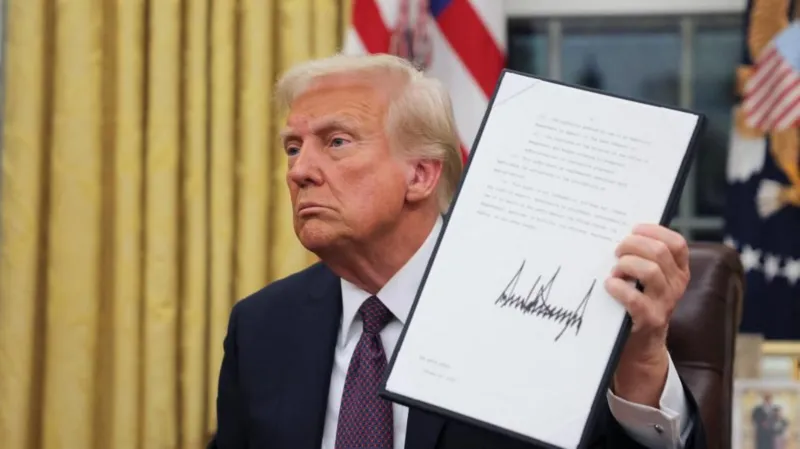Wildfires in California have become an annual crisis, prompting heated political debates. Critics often target the state’s Democratic leadership, accusing them of mismanagement and policy failures contributing to the fires. While some criticisms hold merit, others stem from misunderstandings or oversimplifications. A closer look at the facts provides a clearer picture of the issue and the role of California’s leadership in addressing it.
One common criticism is that California Democrats have failed to implement adequate forest management practices, which are often linked to wildfire prevention. It is true that forest management is a crucial aspect of reducing wildfire risks, but the issue is far more complex. For starters, the majority of California’s forests—over 57%—are federally managed, meaning that decisions about their upkeep often fall under the jurisdiction of federal agencies. This division of responsibility complicates state efforts to address forest management comprehensively. California has, however, increased its budget for wildfire prevention in recent years, including funding for prescribed burns and vegetation clearing.
Another point of contention is the state’s focus on environmental policies, with critics arguing that stringent regulations have hindered effective fire prevention measures. For example, some argue that laws protecting endangered species or regulating air quality may delay critical fire mitigation efforts. While such policies can create challenges, they are typically designed to balance environmental preservation with public safety. Moreover, the state has taken steps to streamline processes for fire prevention projects when public safety is at risk.
Climate change also plays an undeniable role in the intensification of California’s wildfire season. Rising temperatures, prolonged droughts, and shifting weather patterns create conditions conducive to larger and more frequent fires. California Democrats have made climate change mitigation a central part of their agenda, investing in renewable energy and setting ambitious emissions reduction goals. While these efforts address the long-term drivers of wildfire risk, they do not provide immediate solutions, leaving some residents frustrated.
Finally, critics often overlook the proactive measures California has implemented in recent years. For instance, Governor Gavin Newsom’s administration has significantly increased funding for fire prevention and response. The state has also partnered with federal and local agencies to expand firebreak projects, improve emergency response systems, and invest in modern firefighting equipment.
In conclusion, the criticism of California Democrats over wildfires is a complex issue with valid points on both sides. While leadership has room for improvement, factors like federal jurisdiction, environmental priorities, and climate change must also be considered. Addressing wildfires effectively requires collaboration across political and governmental lines, along with a recognition of the multifaceted nature of the problem.




















